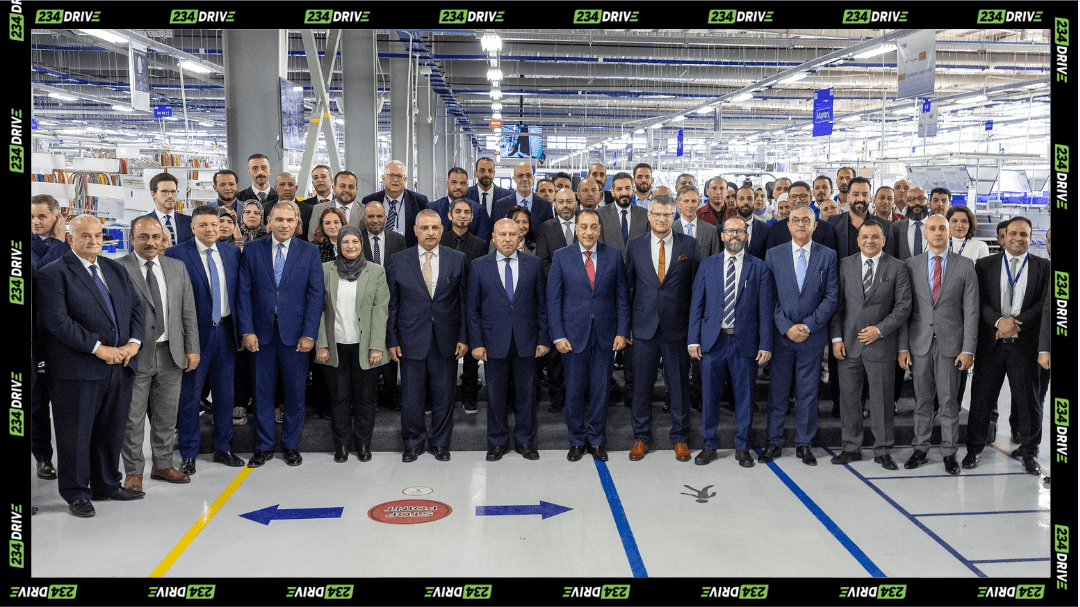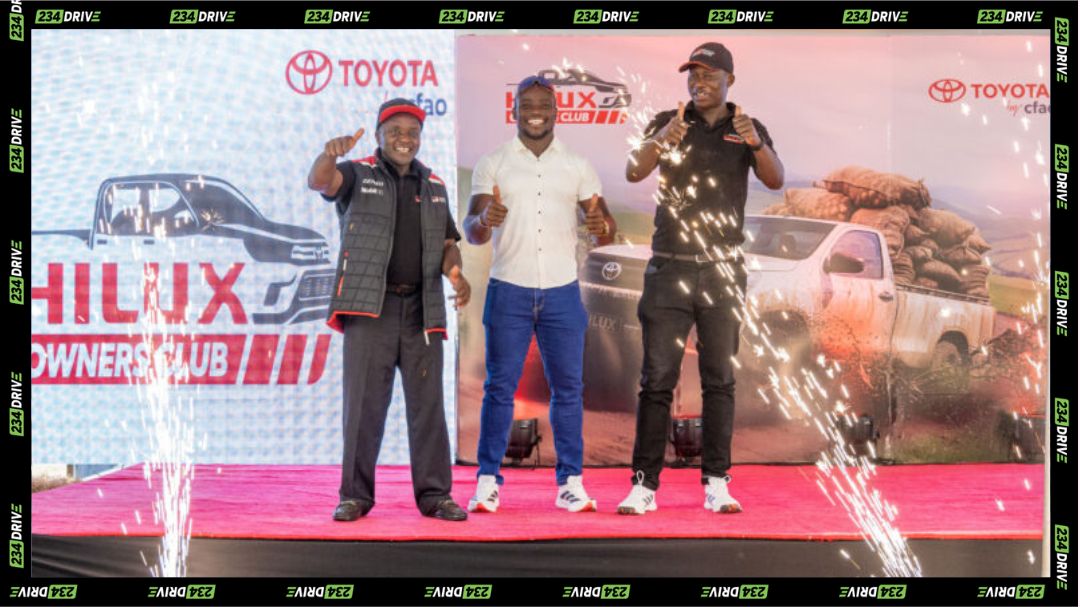Belgium once had more than 200 car manufacturers, producing names like Minerva, FN, and Imperia that were respected across Europe. Today, only Gillet and Edran remain, a stark reminder of how quickly an industry can decline when innovation slows and mass production is ignored.

For Nigeria, still in the early stages of developing an indigenous automotive sector, the Belgian experience carries critical lessons. Without building scale, focusing on consumer needs, and fostering genuine local identity, Nigeria could repeat the same mistakes and see its ambitions fade. The opportunity exists, but it requires strategy, integration, and commitment to long-term growth.
Belgium’s Rise and Fall
Between the early 1900s and the 1930s, Belgium was a powerhouse in European automotive production. Brands like Minerva and Excelsior built cars to rival Rolls-Royce, while FN and Imperia showed strong technical innovation. But by the end of World War II, the industry had collapsed. Belgian brands failed to adapt to mass production, missed the post-war boom in small affordable cars, and leaned heavily on assembling foreign models instead of creating their own. As a result, they lost both identity and competitiveness.

The decline also reflected a lack of strategic planning and weak export structures. While Germany, France, and Italy built globally recognised mass-market cars, Belgium’s fragmented industry never consolidated or invested heavily in scaling up. This meant that even when quality was high, survival became impossible without the volumes needed to sustain profitability.
Why It Matters for Nigeria
Nigeria today shares parallels with Belgium then. The country has untapped engineering talent, growing vehicle demand, and a handful of local brands like Innoson trying to break through. But it also faces challenges: heavy dependence on imports, weak infrastructure, and limited production scale. If Nigeria follows Belgium’s path—prioritising assembly over creation, chasing luxury instead of solving mass-market problems—it risks losing its chance to build a sustainable automotive identity.
Key Lessons for Nigerian Auto Entrepreneurs
1. Build for the Mass Market, Not Just Luxury
Belgian brands like Minerva collapsed when their luxury buyers disappeared. Nigeria needs affordable, rugged vehicles that handle bad roads, use small efficient engines, and are easy to repair.
2. Scale Production Early
Without volume, no brand can survive. Belgian companies never achieved real scale, while Toyota and Volkswagen did. Nigerian brands must think beyond hundreds of units and aim for mass-market volumes.

3. Government Support Helps, But Consumers Matter More
Contracts with armies and governments prolonged some Belgian brands, but didn’t save them. Nigerian brands must win over real buyers, not just rely on policies or subsidies.
4. Build Local Supply Chains
Belgium imported too many parts, draining margins. Nigeria must use local rubber, aluminium, and textiles, building vertically integrated supply chains to ensure resilience.
5. Move Beyond Assembly
Belgium is now just an assembly hub for global carmakers. Nigeria risks the same if it only hosts plants for Peugeot, Volkswagen, or Toyota without building truly Nigerian brands.
Belgium’s Survivors
As of 2025, Belgium has only two active carmakers:
- Gillet, maker of the Vertigo supercar, known for speed and limited production.
- Edran, a niche builder of sports cars like the Enigma.
Both survive on myth and exclusivity, not on volume or mass appeal.
The Road Ahead for Nigeria
The collapse of Belgium’s once-thriving industry shows the cost of failing to adapt. Nigeria must build for real people, integrate local supply chains, and think beyond assembling foreign models. The choice is clear: become a long-term automotive player with identity, or repeat Belgium’s decline and become a footnote in car history.
Question for Readers: Do you think Nigeria can build a truly global car brand, or will it end up as just another assembly hub?









